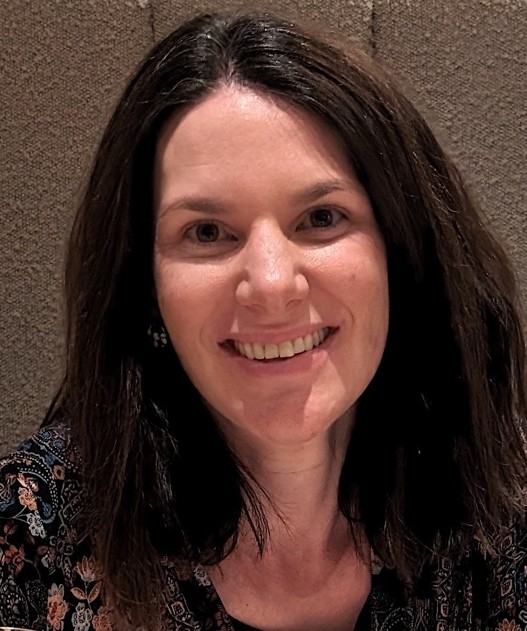Dr. Sabine Podmirseg leads the Microbial Resource Management group within the Department of Microbiology at the Universität Innsbruk, Tyrol, Austria. It is also at the Universität Innsbruk that she completed her PhD in Microbiology in 2011.
Sabine’s current research focuses on microbial consortia involved in organic waste treatment processes. In this field, anammox bacteria (involved in wastewater treatment) and the biogas process are her two particular areas of focus.
In 2010, Sabine attended the Special Interest Group Meeting on anaerobic fungi at the IMC 9 conference in Edinburgh, UK. Not only did she get in touch with key players in the field of anaerobic fungi there, but she also discovered her passion for this unusual group of fungi. A passion that has not left her since.

Sabine’s first international anaerobic fungal project, together with the Czech Academy of Sciences (IAPG) and researcher Dr. Kateřina Fliegerová, set the basis for the establishment of anaerobic fungal research at her institute. A second project investigated the potential of anaerobic fungi to improve lignocellulosic biomass breakdown during biomethanation. During this project, she was a guest scientist at IAPG and in Gareth Griffith’s lab at IBERS in Aberystwyth University, UK. At IBERS, she assisted with the description of the genus Buwchfawromyces and deepened her anaerobic fungal knowledge base further.

Sabine is now engaged in the Interreg FUNGAS project, bringing together again the research network from Austria, Germany and Switzerland from her former HiPoAF project, all under a more applied perspective. The project aims at elucidating:
- the isolation of novel, potent AGF strains for lignocellulosic biomass (LCB) degradation
- testing the applicability of AGF, and AGF-derived enzymes, for improved anaerobic digestion of LCB
- assessing the biogas potential of agricultural LCB-rich wastes within the model region Alpine Rhine-Lake Constance-High Rhine.
Within FUNGAS, Sabine’s research is mainly focused on isolation, physiological and molecular characterization of novel isolates and to screen for AGF within untypical hosts. In addition, biological pretreatments of LCB and subsequent anaerobic digestion are evaluated in her lab.
You can also find out more about Sabine’s research via ResearchGate, and follow her on LinkedIn.
